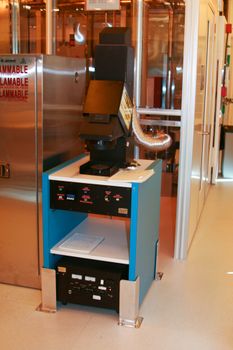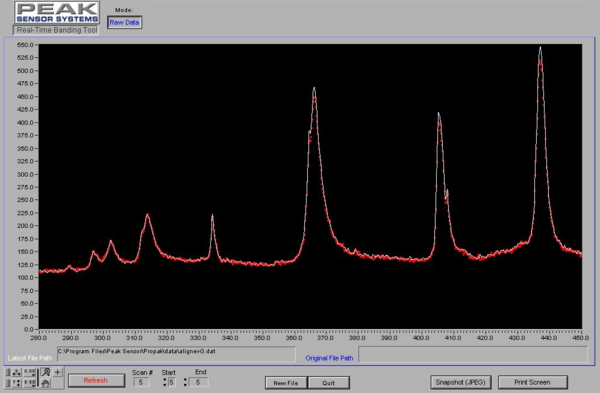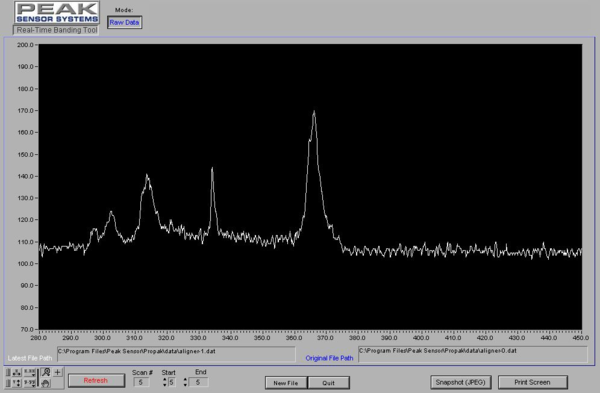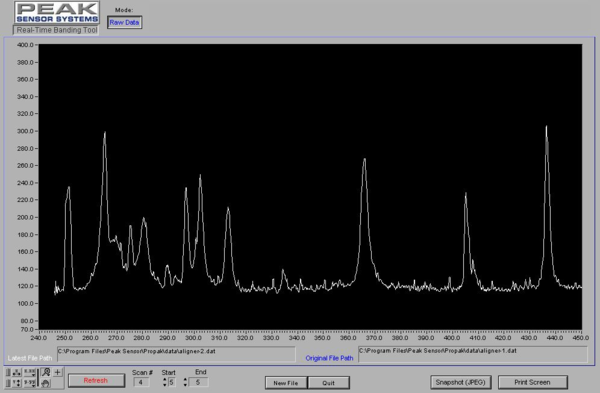DUV Flood Expose: Difference between revisions
Jump to navigation
Jump to search
No edit summary |
No edit summary |
||
| Line 3: | Line 3: | ||
|type = Lithography |
|type = Lithography |
||
|super= Mike Silva |
|super= Mike Silva |
||
|phone=(805)839- |
|phone=(805)839|cell=(805)245-9356 |
||
|cell=(805)245-9356 |
|||
|location=Bay 6 |
|location=Bay 6 |
||
|email=silva@ece.ucsb.edu |
|email=silva@ece.ucsb.edu |
||
Revision as of 16:23, 12 March 2014
<nowiki>Insert non-formatted text here<nowiki>Insert non-formatted text here</nowiki></nowiki>
|
About
This unit consists of a collimated deep ultraviolet (DUV) light source (mercury gas discharge short arc lamp) and power supply. The substrate is placed on a rotating chuck (not presently working) and is exposed by opening a timer-controlled shutter.
Materials that are exposed are primarily spun-on thin films such as PMMA, PMGI, etc.
Detailed Specifications
- DUV wavelengths are 200-260 nm; the lamp power is limited to either 1250 or 2100 watts and can operate in either constant intensity or constant power mode
- The full spectrum of Hg emission wavelengths from 200-450 nm is present on the sample
- Exposure can be performed on a 4" wafer
- Lamps are nominally rated for 400 hours
- A reset timer was added in Feb. 1995 to limit "on" time (ie. provide for auto shut-off) for bulb life conservation



